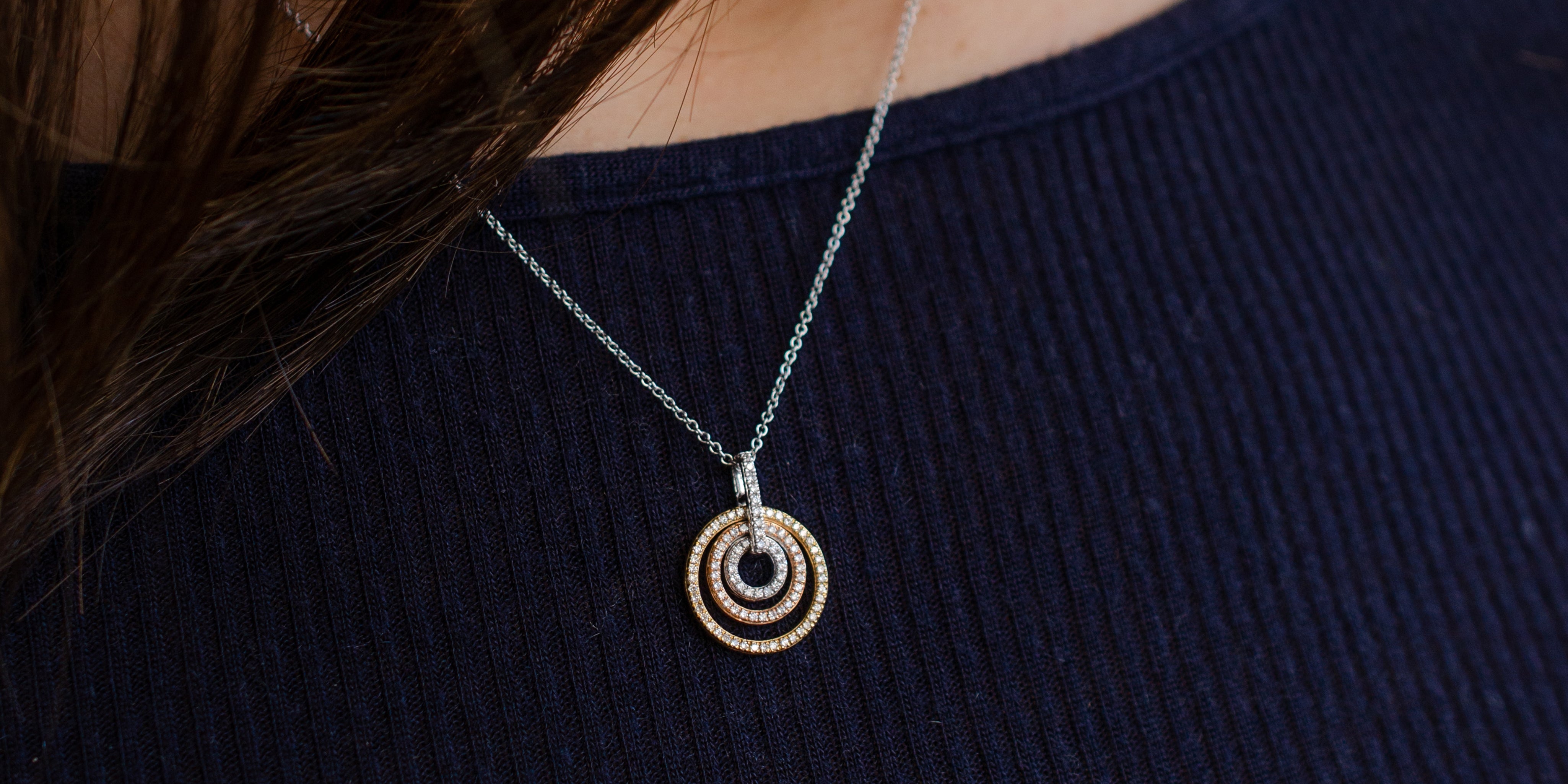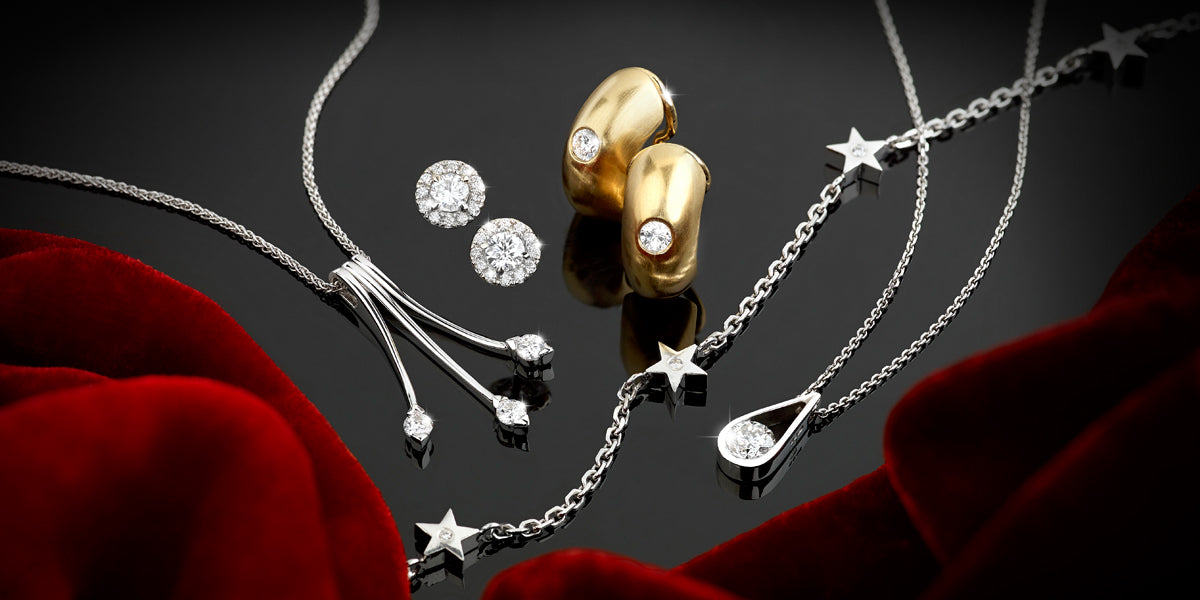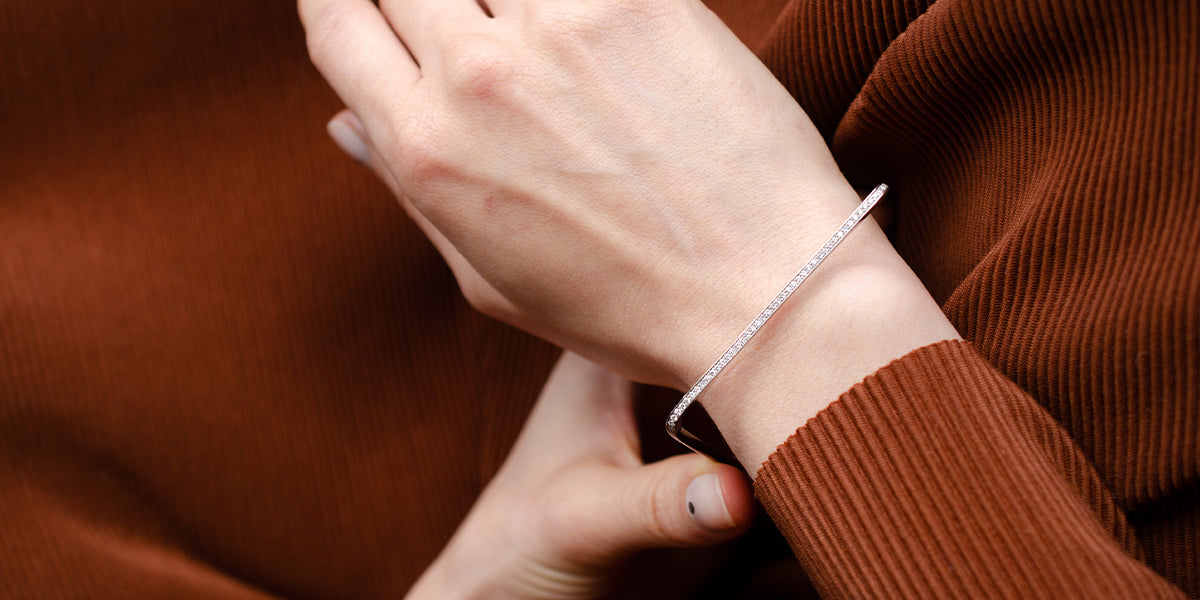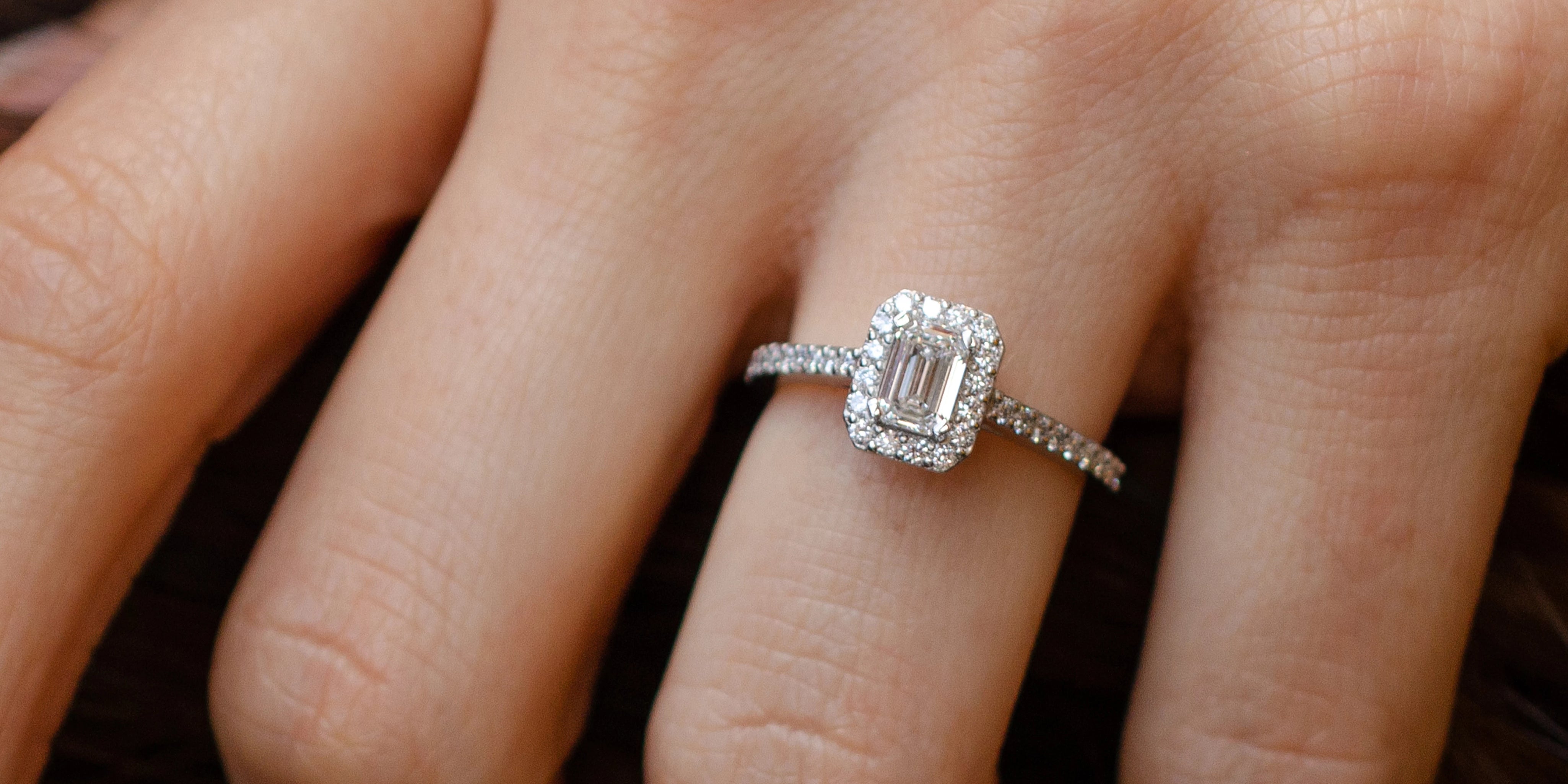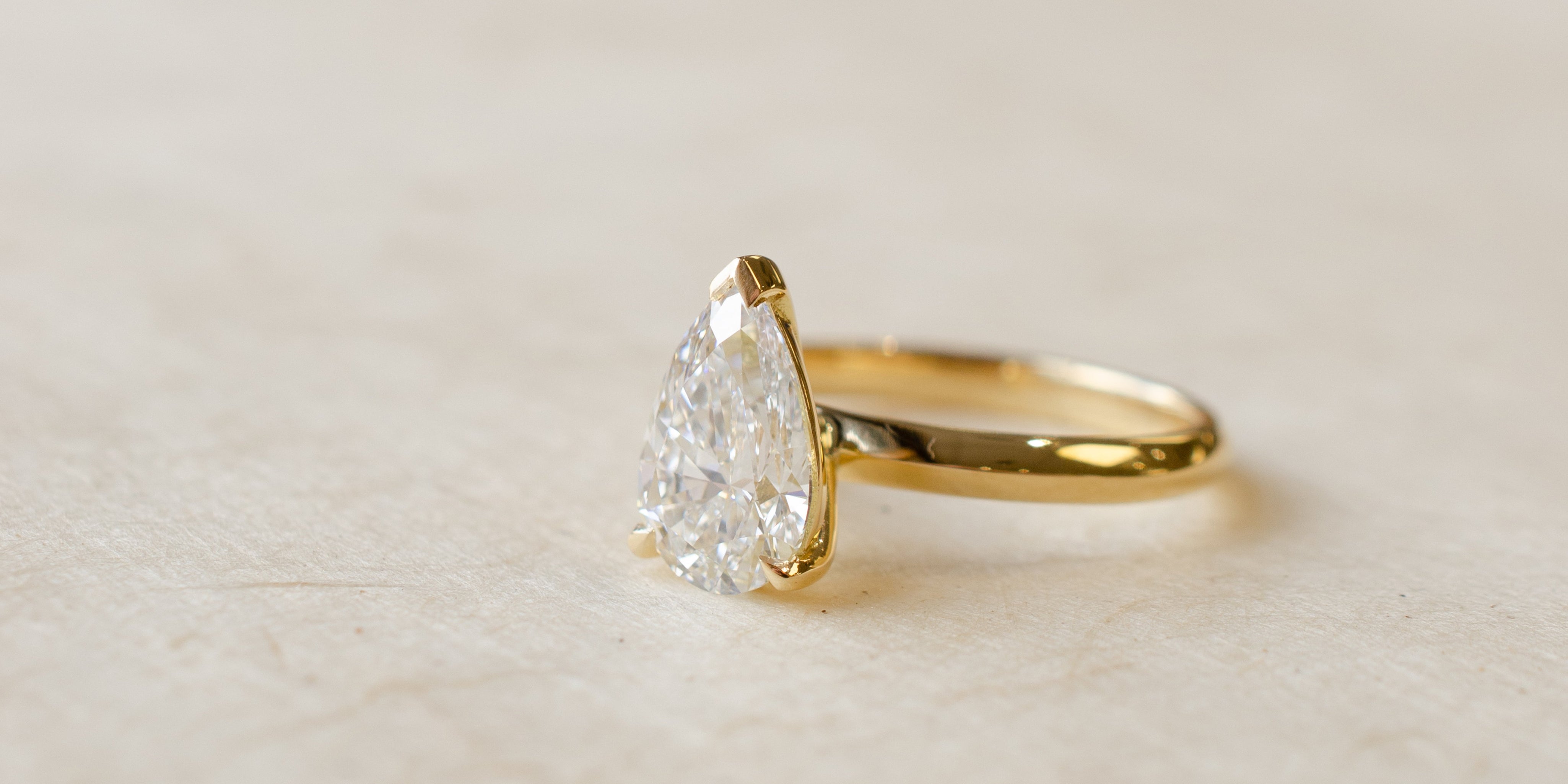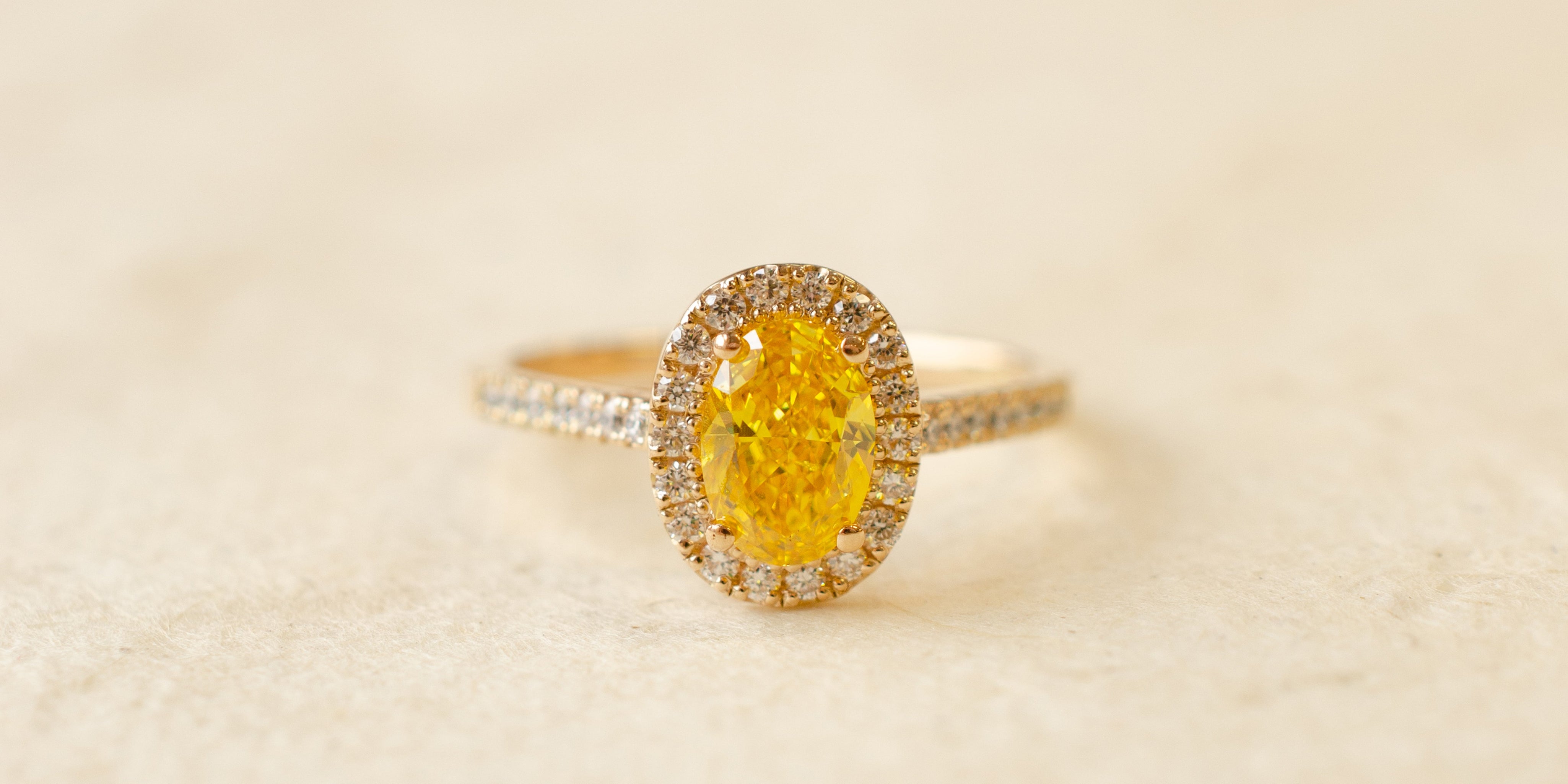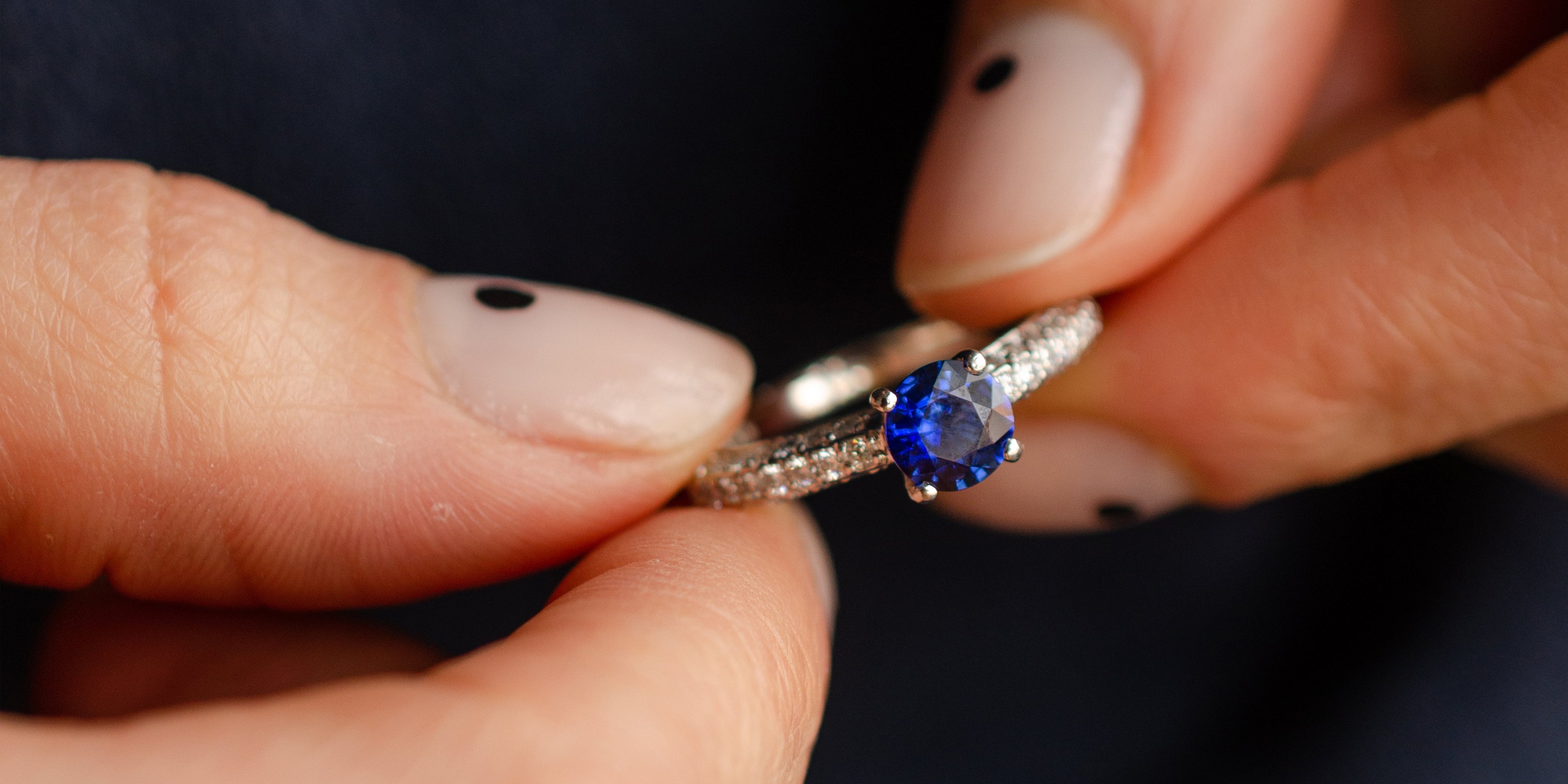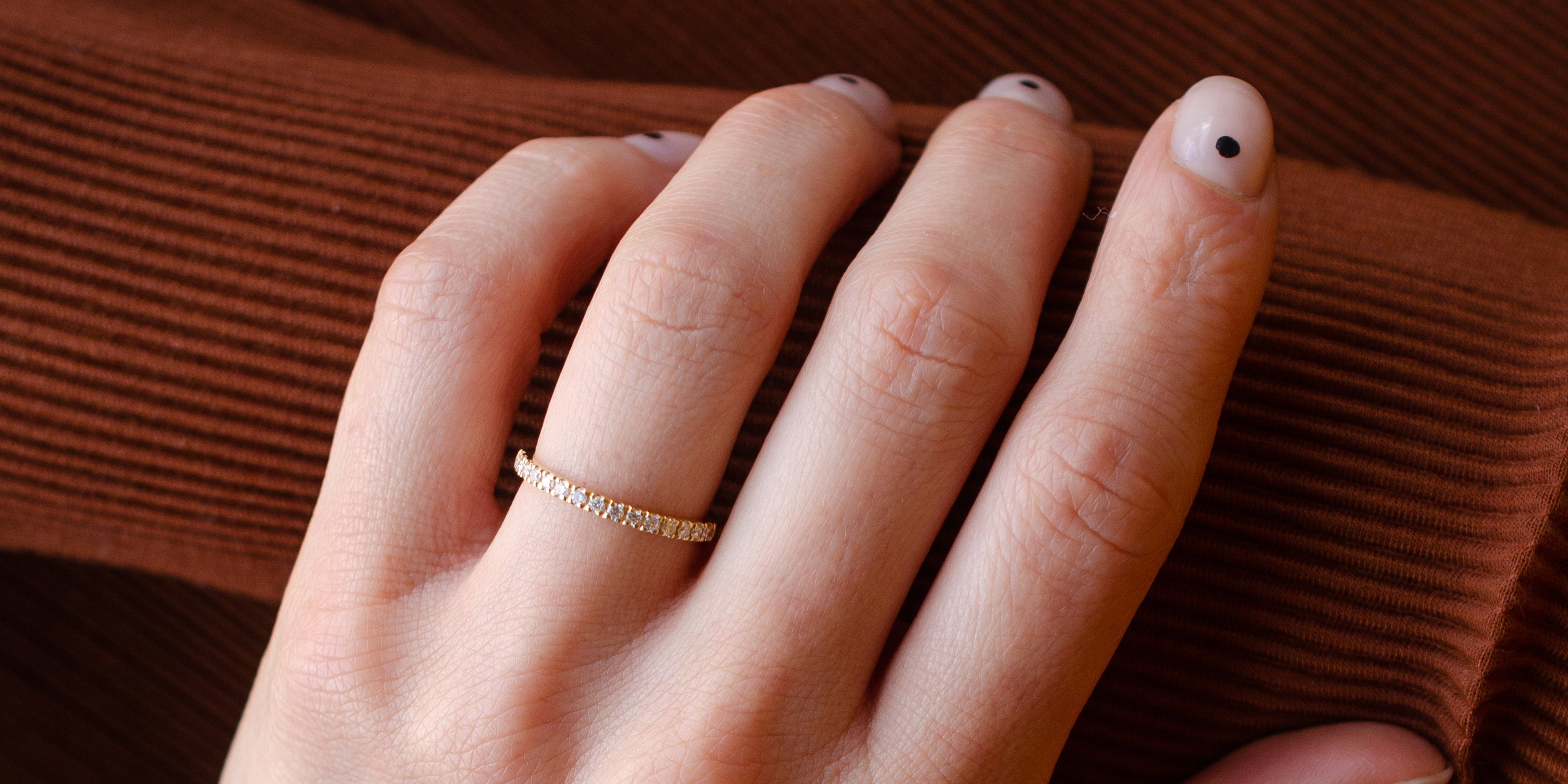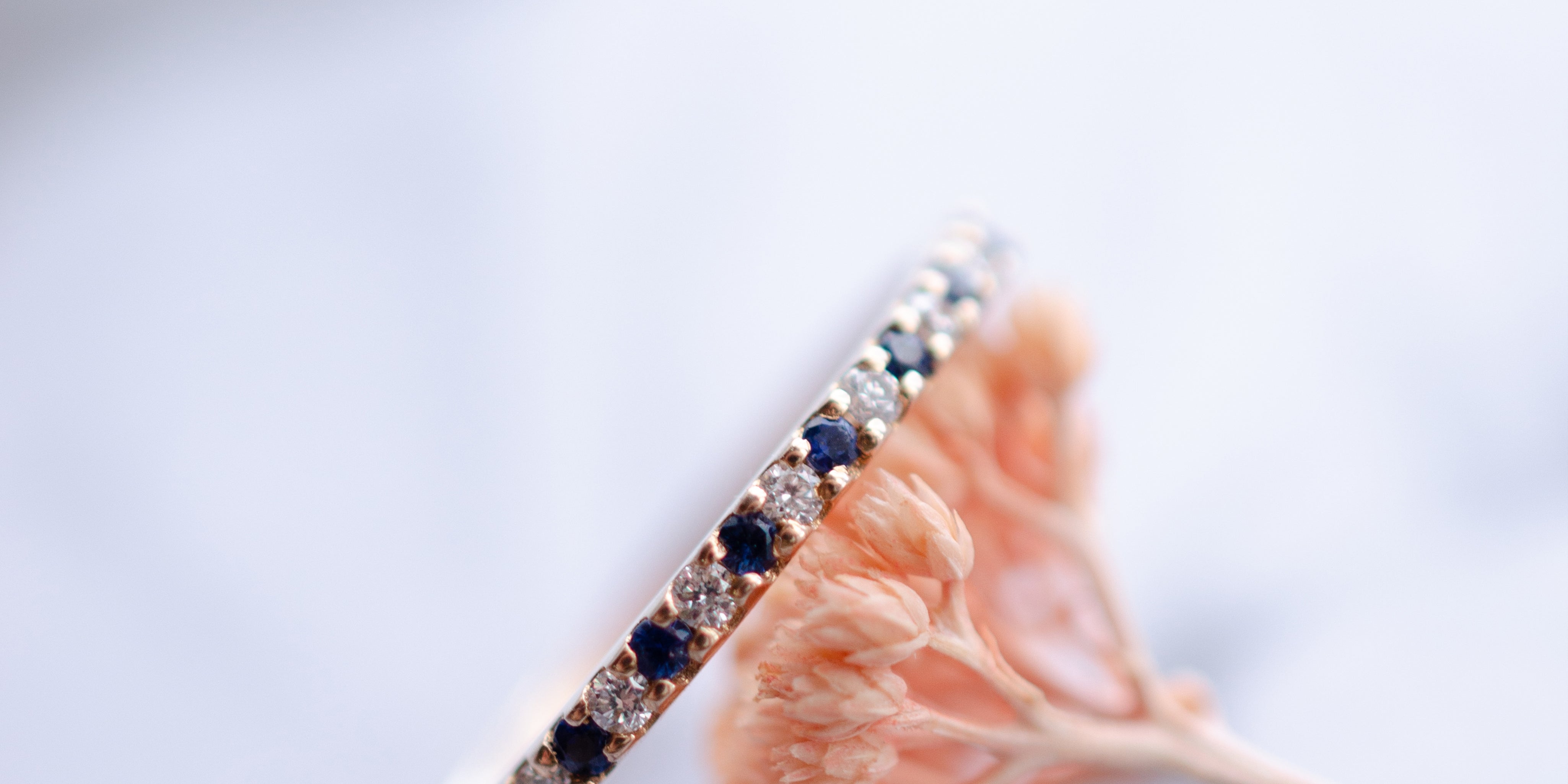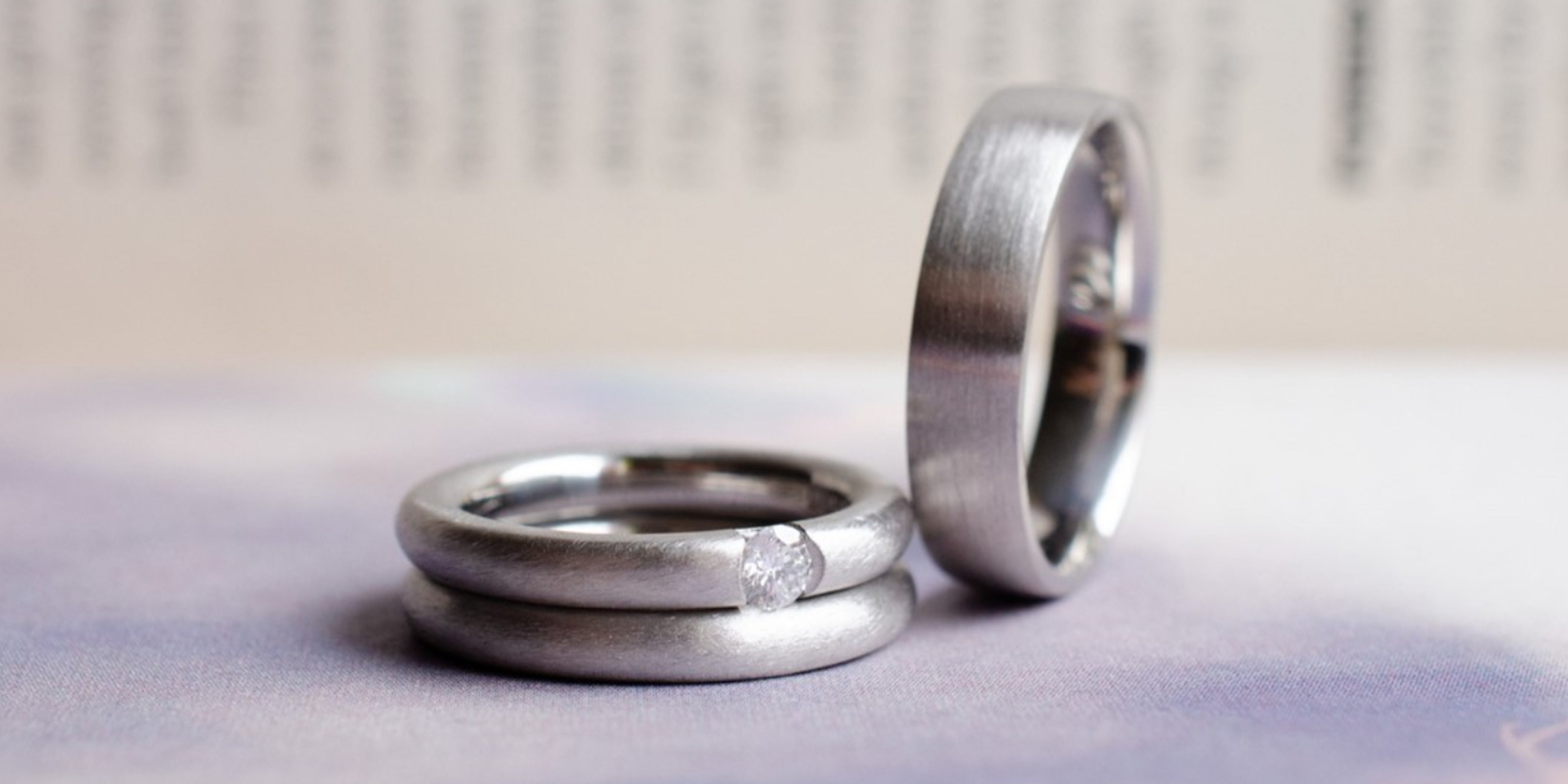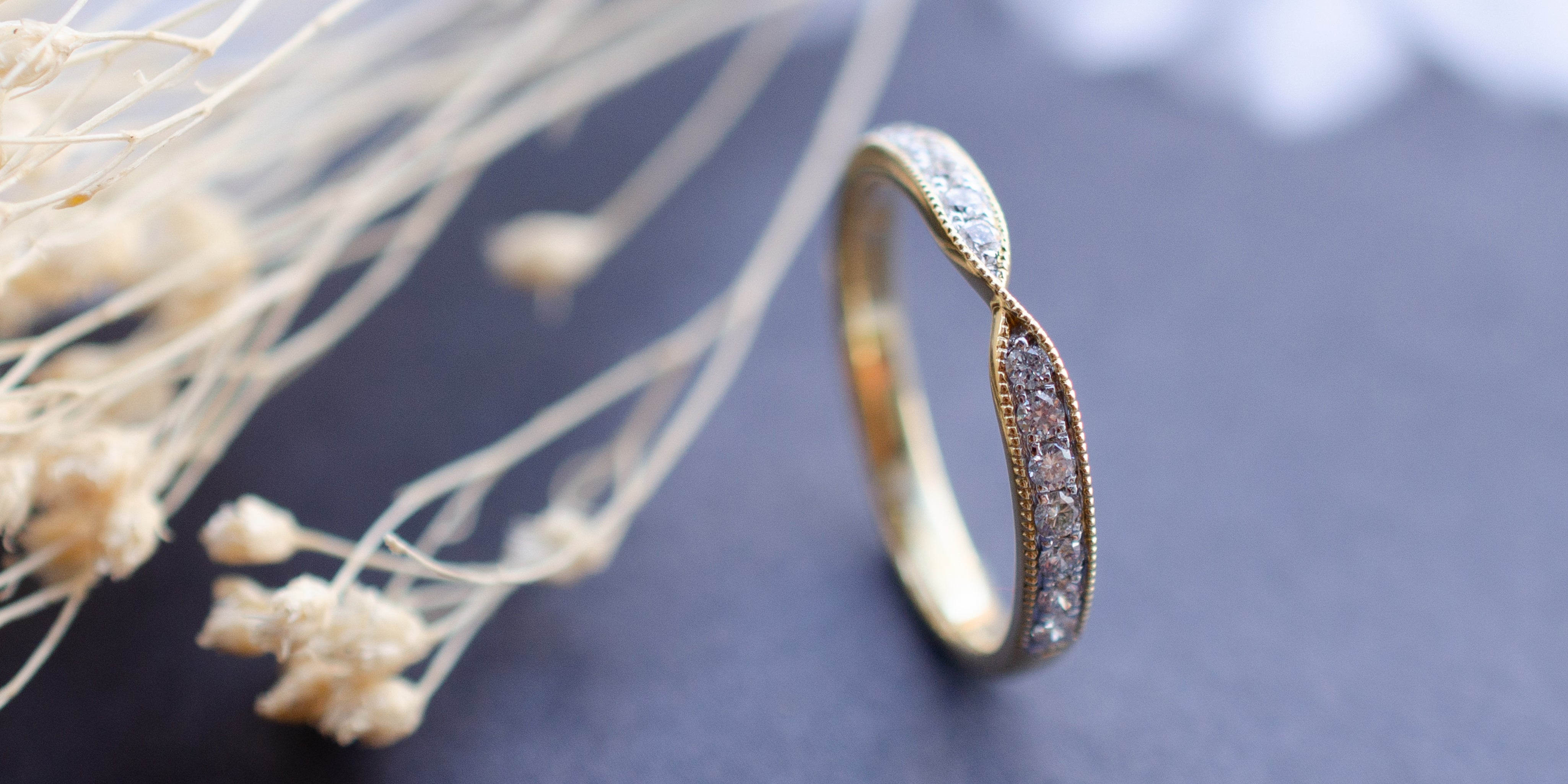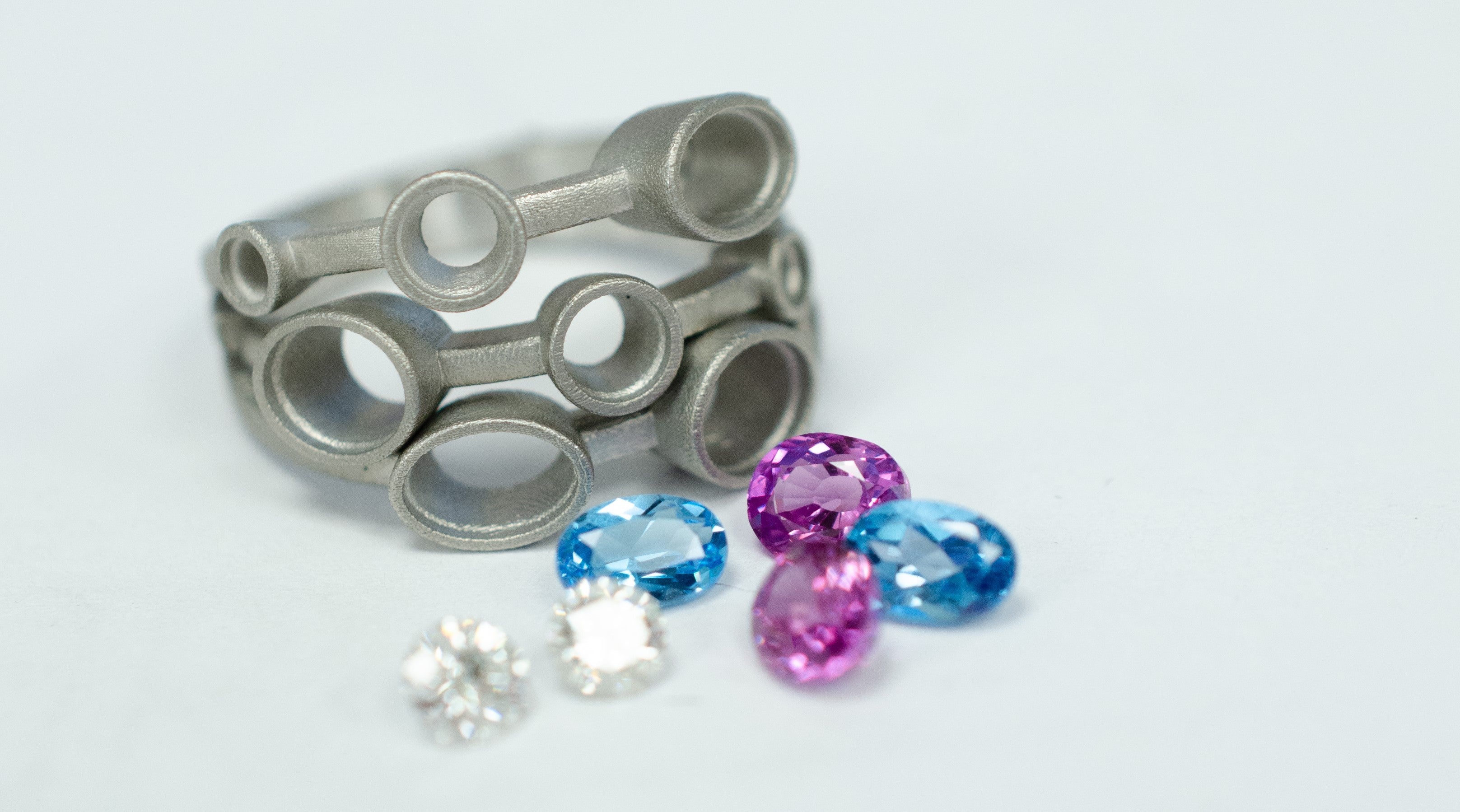What Are Lab Grown Diamonds?

You may or may not of heard of them but lab grown diamonds are taking the jewellery market by storm.
Known by a few names including man-made diamonds, engineered diamonds, cultured diamonds and lab created diamonds. Chemically and visually identical to natural diamonds but far lower in price, lab grown diamonds are sparking interest for customers looking to invest in an engagement ring or other special pieces of jewellery.
Relatively new to the market, lab grown diamonds are surging in popularity; we’re selling more and more of them and are being asked about the difference between lab grown and natural diamonds on a daily basis.
We thought it could be helpful to collate answer the most popular questions we get about the gemstones and while we’re at it, bust some myths about the sparkly new stones on the block!
What are lab grown diamonds?
For those at the back: lab grown diamonds are diamonds!!
Lab grown diamonds are chemically, physically and optically exactly the same as natural diamonds; the only difference is lab grown diamonds are grown under controlled conditions by humans in a laboratory rather than under the mantle of the earth by nature.
The first lab grown diamonds were made in the 1950's when diamonds were made for industrial use. The first gem quality lab grown diamonds were made in 1971 but it wasn't until the 2010s that stones that were colourless entered the jewellery market in significant quantities.
How are Lab grown diamonds made?
Lab grown diamonds are made in one of two ways in a controlled laboratory like environment by skilled scientists and engineers.
The extreme heat and pressure needed under the surface of the earth which leads to diamonds forming naturally is re-created through the process of either Chemical Vapour Deposition (CVD) or the High Pressure High Temperature process (HPHT). Both processes lead to high quality diamonds that are identical to natural diamonds.
Once the stone has been grown it goes to the diamond cutters in its rough form who expertly asses each stone to make the most of the potential gemstones within. The stones will be cut, faceted and polished into various shapes and sizes.

A factory floor at Apollo Diamond Inc., showing multiple pieces of HPHT apparatus, known as BARS apparatus
What are CVD diamonds?
A tiny slice of diamond is placed in a chamber and is exposed to carbon-rich gas and extremely high temperatures. Over the space of weeks the carbon gas ionizes and particles start to stick to the original diamond slice before eventually crystallising into a fully formed diamond.
What are HPHT diamonds?
Pure carbon is pressed within a metal cube and is exposed to immense pressure and heat through electric pulses. Eventually the carbon breaks down and crystallises into a diamond.
Are lab grown diamonds certified?
Yes! Just in the same was as natural diamonds, the majority of lab grown diamonds above the 0.30ct mark will have a certificate specifying their report number, carat weight, colour, cut grade and clarity.
Just like natural diamonds, lab grown diamonds go through stringent grading criteria during certification by reputable grading laboratories such as GIA and IGI.
Lab grown diamonds are graded with the same cut, colour and clarity standards as natural diamonds so can be directly compared with their natural counterparts. With a certificate you can feel confident in what you’re buying making it easier to compare different sizes and qualities of stone on a level playing field.

The crystals of natural, HPHT and CVD laboratory-grown diamonds.
Why choose a lab grown diamond?
Lab grown diamonds benefit from a fully traceable origin, meaning you can feel confident that lab grown diamonds are free from conflict and poor environmental and ethical standards that can be found in a small number of diamond mines.
Lab grown diamonds are, at least at the moment, far more cost effective than natural diamonds, meaning you can either save money by going for an equivalent size of lab grown diamond or go for a higher quality or larger size than you would have in natural diamond.
Just like natural diamonds, lab grown diamonds come in an array of sizes, shapes qualities and even fancy colours.
Will a Lab grown diamond last?
Lab grown diamonds wear in exactly the same ways as natural diamonds.
Diamond is the hardest wearing gemstone known to man making it an excellent choice for engagement, wedding and eternity rings. The only material that can scratch a diamond is another diamond. This doesn’t mean that diamonds are un-breakable; a hard knock in the right place can cause a diamond to chip or crack.
A lab grown diamond has the same hardness and strength as natural diamonds, and in the same way can still chip if you give it a hard bang. As with all gemstone jewellery we recommend removing diamond jewellery when at the gym, doing DIY and gardening and when working with chemicals.
Bringing your diamond jewellery back to us every 6 months will mean we can keep an eye on the condition of the stones, catching any issues before they get worse.

How much do lab grown diamonds cost?
Diamonds vary hugely in price depending on their size and quality. At the moment we’re finding that lab grown diamonds are a fraction of the cost of a natural stone. This could change in the future.
Below is an example of two platinum and diamond solitaire rings, one set with a natural diamond and the other with an equivalent quality and size of lab grown stone.
As you can see below, the lab grown diamond ring is less expensive than the natural diamond alternative:
1.00ct natural DVS2 diamond in a platinum solitaire style ring: £9,400.00
1.00ct lab grown DVS2 diamond in a platinum solitaire style ring: £2,050.00
As lab grown diamonds are so new to the jewellery market it’s difficult to know if or how prices will change in the future.
Lab grown diamonds vs. diamond simulants
It is very important to understand the difference between lab grown diamonds and diamond simulants like cubic zirconia and moissanite. Lab grown diamonds are not diamond simulants.
Diamond simulants are lower cost alternatives to diamond which seek to replicate the sparkle of a diamond to varying success. Whilst simulants may look similar to diamonds they do not have the same chemical composition or physical properties as diamonds meaning they simply don’t sparkle or wear in the same way and therefore sell at much lower prices.
Cubic zirconia is a much softer stone than diamond and if worn in a ring everyday will scratch and scuff very quickly.
Moissanite is a hard stone and can be a good, cheaper alternative to diamond. They are nearly as hard wearing and they actually sparkle more than diamond due to their higher refactive properties. Moissanite can sometimes have a yellow-green colour tint and sparkles with a rainbow coloured fire.
To the trained eye it is possible to see the difference between simulants and diamonds with the naked eye.

Lab grown diamond vs. natural diamonds
Using a loupe or magnifying glass it’s impossible to tell the difference between a natural diamond and a lab grown diamond.
Lab grown diamonds scintillate, sparkle and have the same fire as natural diamonds. It’s only possible to tell the difference between a natural and lab grown diamond through the use of specialised testing equipment in a controlled environment.
Any certified lab grown diamonds should be engraved with a miniscule certificate number starting with the prefix “LG” this can only be seen by very keen eyes under extreme magnification.
Benefits of lab grown diamonds vs. natural diamonds:
-
Greater affordability compared to natural diamonds
Splash out on a higher quality or larger diamond for less or save some of your budget by choosing an equivalent size and quality of diamond in lab grown.
-
Lab grown diamonds are more ethical
In general, lab grown diamonds compare more favourably ethically to the methods used in the mining of natural diamonds.
-
Lab grown diamonds have a traceable origin
You can feel confident that your choice in purchasing a lab grown diamond that the stone is not produced in an environment that could be poorly treating workers, communities and the environment.
Are lab grown diamonds a good investment?
As with any gemstone, including both lab and natural diamonds, the re-sale value of stones can vary over time. We don’t recommend buying diamonds or other gemstones as an investment opportunity, instead you should choose your stone because you love it, not because you want it to hold value or provide income in the future.
As lab grown diamonds are so new to the market it’s difficult to make a prediction on how pricing and re-sale value may change. Natural diamonds have a re-sale value of a fraction of their purchase price when bought new so we would expect a similar trend in lab grown diamonds.
Hopefully this blog post has given you the basic information to understand if lab grown diamonds are for you. We're finding a lot of our customers are interested in them and we're making more and more engagement rings using lab grown diamonds.
Lab grown diamonds are a great, lower priced alternative to natural diamonds. The difference in price between the two allows you to save money or go for a larger stone that could be out of budget in natural diamond.
If you'd like to know more about lab grown diamonds, would like a quote to use them in your next piece of bespoke jewellery or would just like to see if you can tell the difference between a natural and a lab grown diamond (our new favourite game!) then pop us a call or send us an email or pop into the shop.


